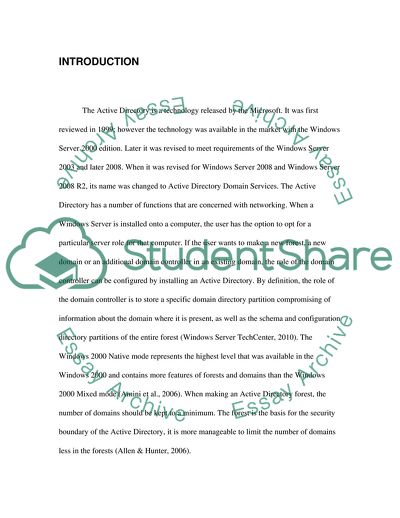Cite this document
(Practical Windows Security: Role and Function of an Active Directory Term Paper, n.d.)
Practical Windows Security: Role and Function of an Active Directory Term Paper. Retrieved from https://studentshare.org/information-technology/1739946-practical-windows-security-referral-course-work
Practical Windows Security: Role and Function of an Active Directory Term Paper. Retrieved from https://studentshare.org/information-technology/1739946-practical-windows-security-referral-course-work
(Practical Windows Security: Role and Function of an Active Directory Term Paper)
Practical Windows Security: Role and Function of an Active Directory Term Paper. https://studentshare.org/information-technology/1739946-practical-windows-security-referral-course-work.
Practical Windows Security: Role and Function of an Active Directory Term Paper. https://studentshare.org/information-technology/1739946-practical-windows-security-referral-course-work.
“Practical Windows Security: Role and Function of an Active Directory Term Paper”. https://studentshare.org/information-technology/1739946-practical-windows-security-referral-course-work.


